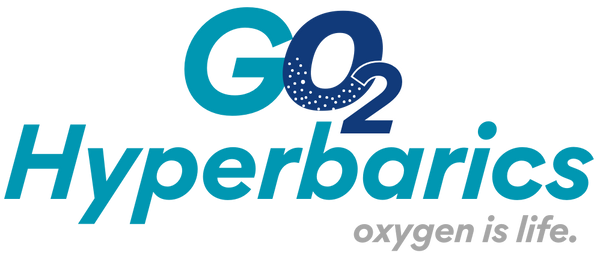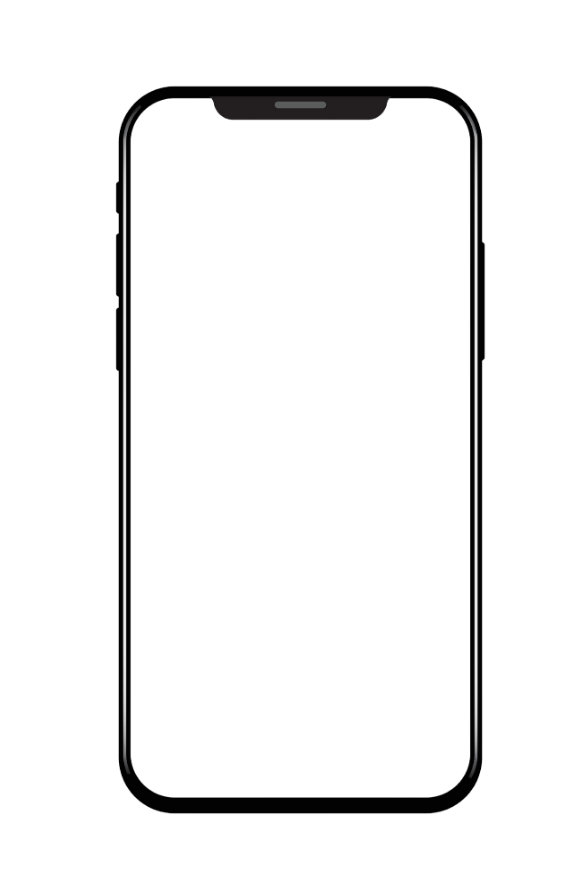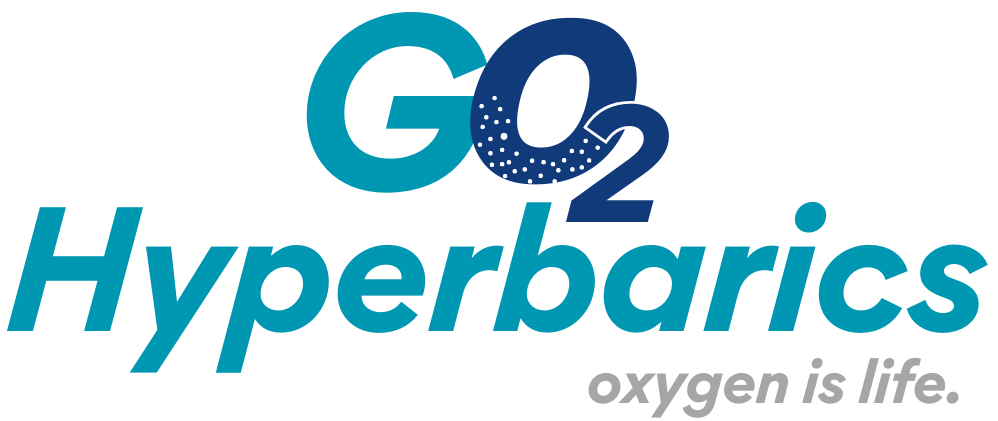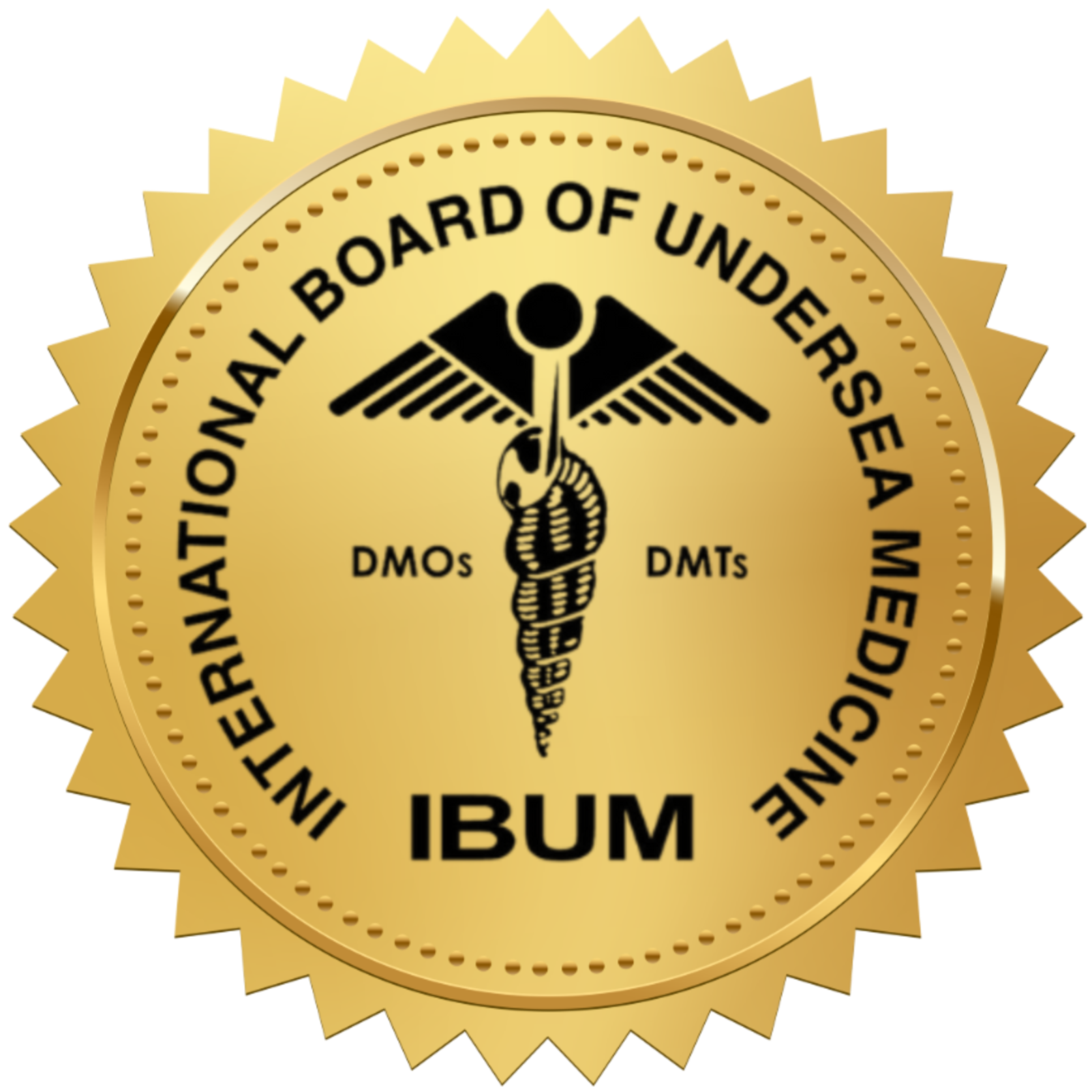Approved by the FDA, HBOT treats conditions like decompression sickness, carbon monoxide poisoning, and non-healing wounds, such as diabetic ulcers. It promotes healing by enhancing oxygen supply to damaged tissues, reducing inflammation, and stimulating new blood vessel growth.
Off-label uses of HBOT are gaining attention, though not all are FDA-approved. These include traumatic brain injury (TBI), stroke, autism, cerebral palsy, and chronic fatigue syndrome. Research also explores its potential for conditions like fibromyalgia, multiple sclerosis, and post-COVID symptoms. Off-label use often stems from anecdotal evidence or small studies, but rigorous clinical trials are limited.
Conditions showing the greatest benefit include diabetic foot ulcers, where HBOT significantly improves healing rates and reduces amputation risk. Studies report up to 70% healing rates in severe cases. Decompression sickness, common in divers, responds well, with rapid symptom resolution. Carbon monoxide poisoning also sees strong outcomes, as HBOT quickly displaces toxic carbon monoxide from hemoglobin, restoring oxygen transport. For off-label uses, TBI and stroke show promise, with some studies noting improved cognitive function and reduced neurological deficits, though results vary.
HBOT is generally safe but requires oversight due to risks like ear pressure issues or oxygen toxicity due to over-use. Its growing popularity for off-label uses highlights the need for further research. For now, HBOT remains a powerful tool for specific medical conditions, with its greatest impact seen in wound healing, brain injuries, and acute toxic exposures.






